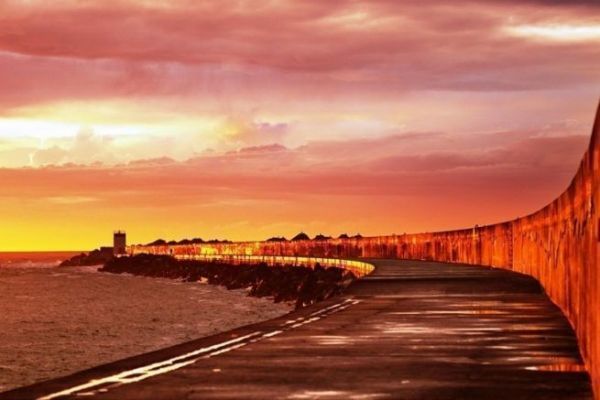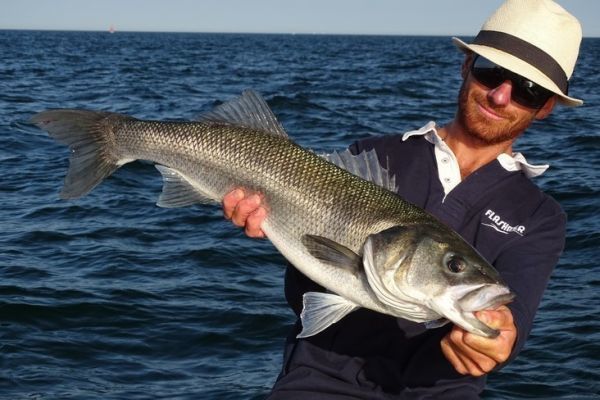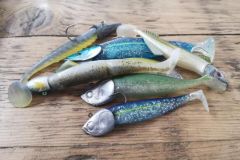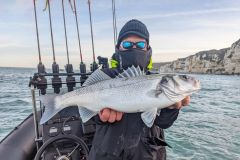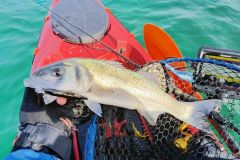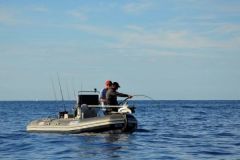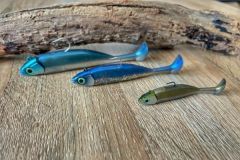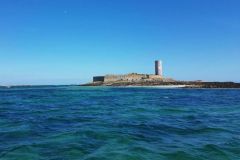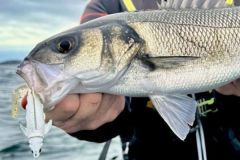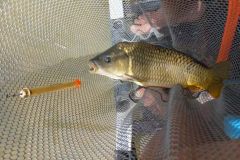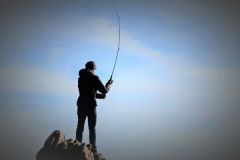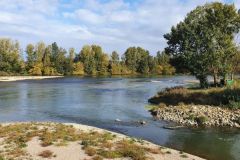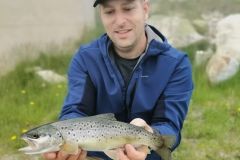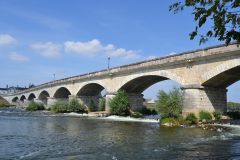How do you identify wrecks?
Locating wrecks is a two-stage process:
- The first is the study of nautical charts on the water or at home.
- The second is the actual search for the wreck or its parts once in the area. To do this, I make "snail" circles, i.e. gradually increasing the diameter of my circles, using side imaging when depth permits.
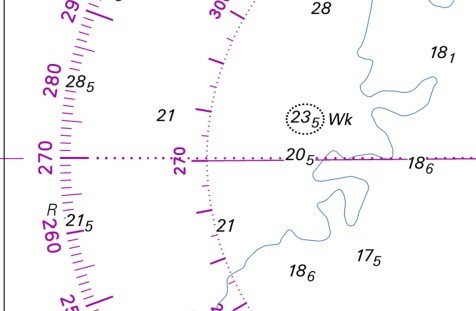
Why fish shipwrecks?
Wrecks are structures that sustain life to a greater or lesser extent throughout the season, and where a large number of species cohabit. Both benthic and pelagic species regularly gravitate around this attachment point.
These structures are home not only to plants, but also to numerous micro-organisms that form the first link in the food chain. Crustaceans are plentiful, as are forage fish, led by the pout.
The lees and bass sail around or within it, at rest or active, depending on the tide, the day and human activity.
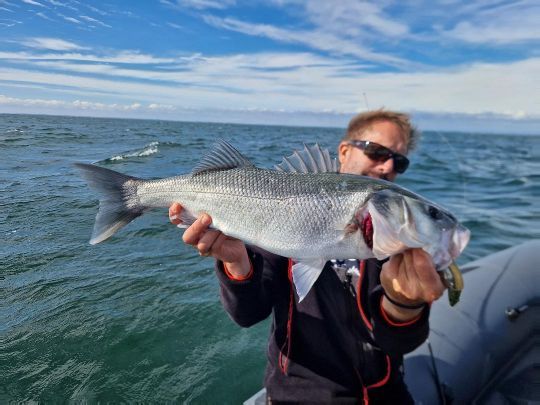
What wrecks to fish for?
All wrecks can harbor sea bass, but for this species I concentrate my search on those between 10 and 25 m deep. I prefer the biggest ones, and those with the largest number of pieces. This should not, however, lead you to neglect the others. Indeed, the smaller ones can be home to good sea bass populations and are less exploited.
All the more so as these spots are often known and fished by numerous yachtsmen and professionals.
Season after season, you'll identify periods of the year, tide times and meteorological factors that determine the presence of sea bass. Make sure you take advantage of them at the right time on future outings.
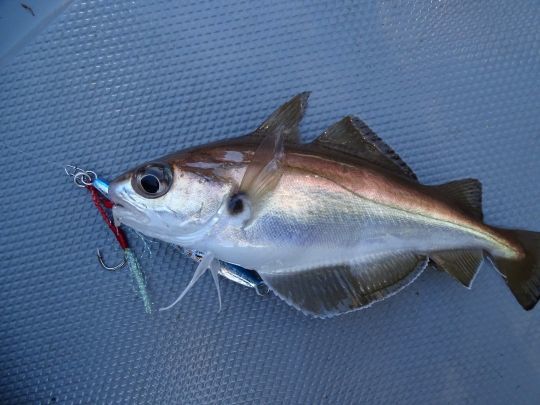
How do you approach them?
When prospecting a wreck, it's important to start and finish drifting well upstream and downstream of the structure to avoid arousing the suspicion of sea bass. This is all the more true when fishing pressure is high.
Sea bass may be in the immediate vicinity of the structure, but may also gravitate several dozen metres around it, and it's important to set up several parallel drifts and start fishing upstream of them. The use of side imaging is once again a definite advantage.
In the absence of bites, it's essential to vary the lures and animations, but above all the casting angles, in relation to the current and also to the sun.
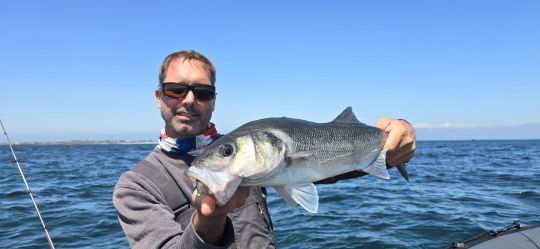
What techniques, what lures?
On wrecks, all techniques are possible, including pulling, flying, line fishing and vertical fishing.
I usually start by crancking through the water, which allows me to prospect quickly and varies with other approaches in the absence of bites.
I use the vertical approach, close to the bottom and without animation, only when the fish can be identified by the sounder, but are stuck to the bottom and totally lethargic, like pike-perch anglers.
I'm obviously keeping an eye on the sounder to follow the structure and avoid getting hung up...
Summary of the report
1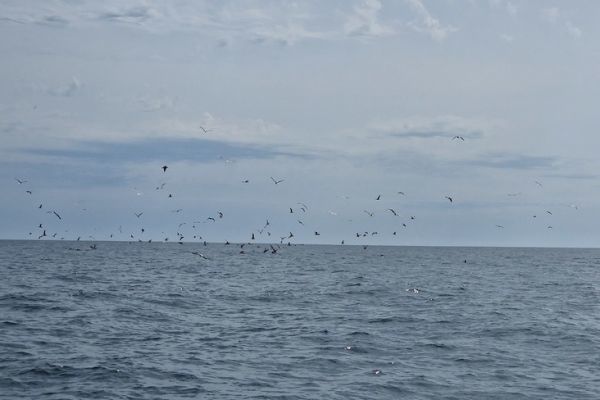
Fishing spots: look for open-water hunting for sea bass
2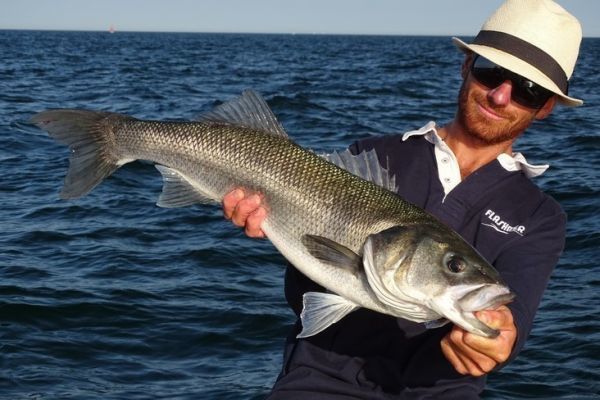
Finding the right spots for bass fishing: prospecting for wrecks
3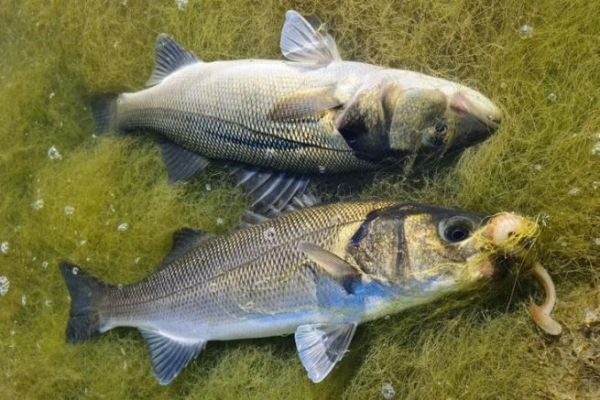
The best spots for sea bass fishing: fringe meadows
4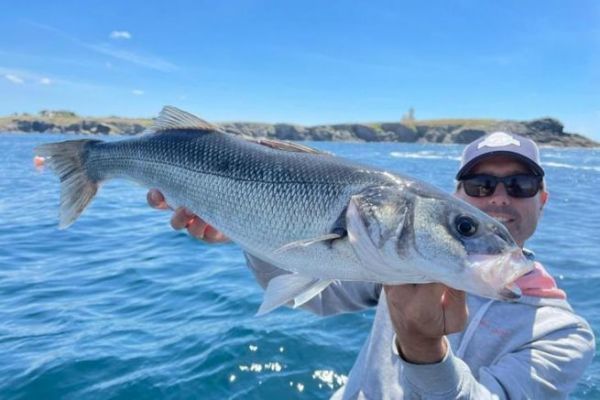
Sea bass fishing spots: rocky coasts from shore and by boat
5
Finding the right spots for bass fishing: rocky plateaus
6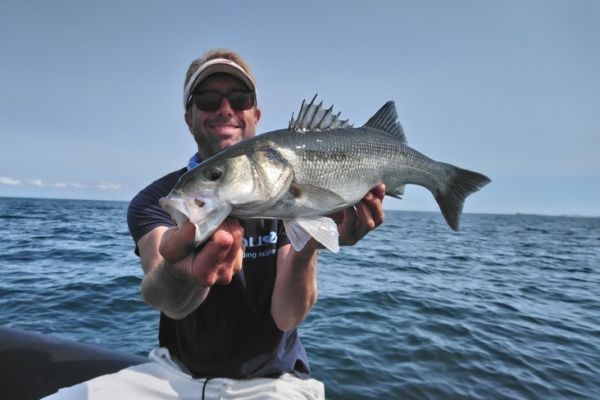
Sea bass spots: the unmissable, fruitful rock heads
7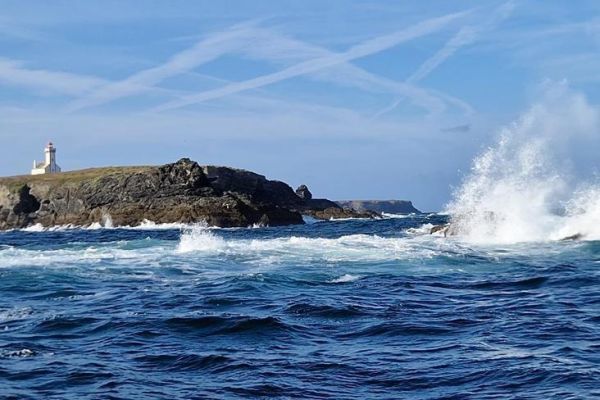
Good bar spots: focus on emerging rocks and foam
8
Good spots for bass fishing: rocky points
9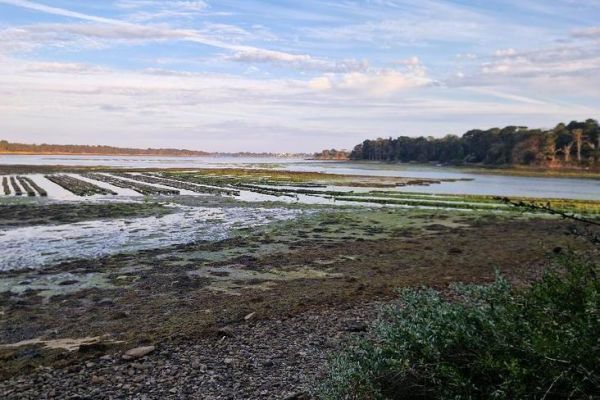
Good spots for bass fishing: oyster beds
10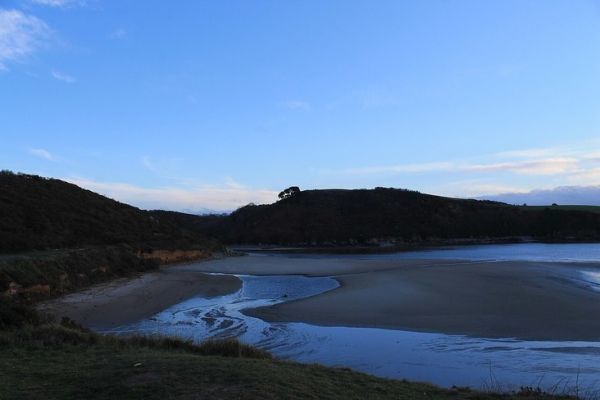
The best spots for bass fishing: prospect for mouths
11